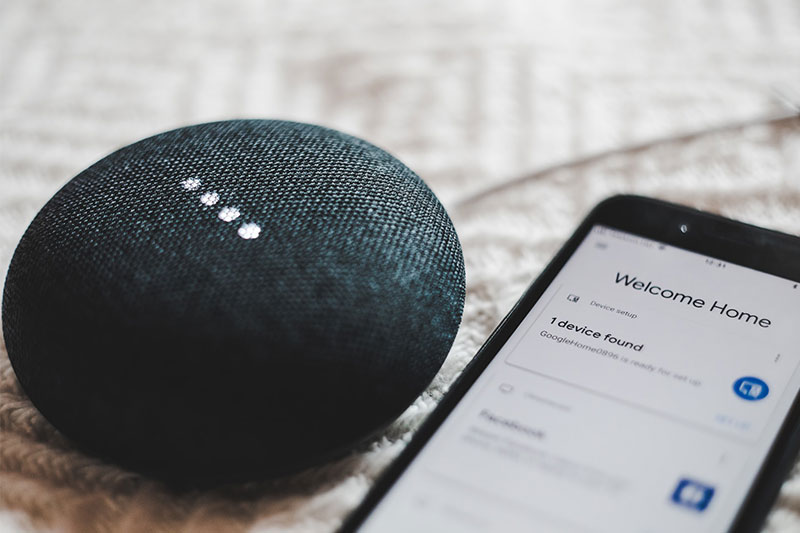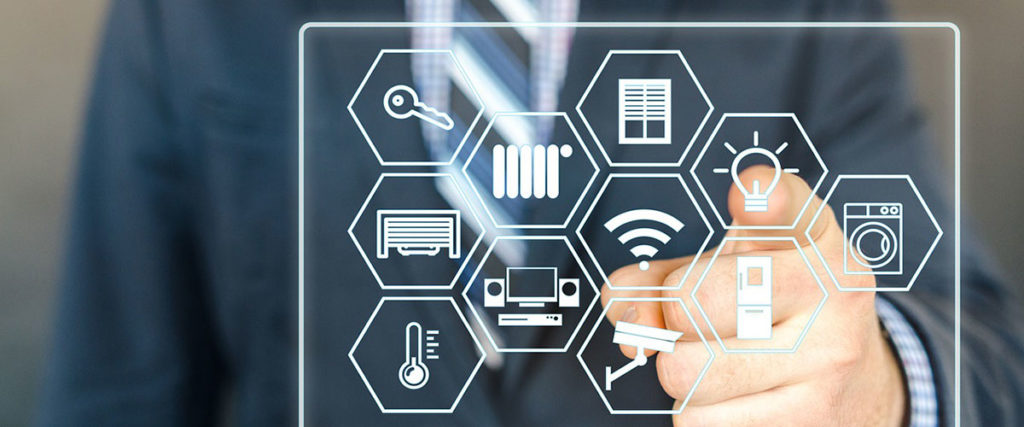The Internet of Things (IoT) renders the ‘fabric’ of our physical world smarter and more responsive by merging it with the capabilities of the digital world. Here’s a simple explanation of what IoT is, why it matters and what the future holds.
It goes without saying that we’re all familiar with the Internet, but what about the Internet of Things (IoT)? As our world grows smaller and more connected by the day, IoT has emerged as one of the most transformative technologies of the 21st century. Every second, 127 new IoT devices are connected to the web and experts forecast that the total number of connected devices will exceed 50 billion by 2030 in what some have termed the ‘fourth industrial revolution.’ But, what does IoT even mean, and how will it impact our day-to-day lives? Here’s a simple explanation of IoT to help put your mind at ease.
What is IoT (Internet of Things)?
In a nutshell, the Internet of Things is a vast network of physical objects connected to the Internet that have the ability to gather and communicate data seamlessly among themselves – like neurons in a giant brain.
The term was first coined in 1999 by British technology pioneer Kevin Ashton to describe a system in which the connectivity of the digital world is projected onto the physical world, without human intervention.
Today, an ‘IoT device’ refers not only to smartphones, laptops and wearables but to any ‘thing’ that has been fitted with sensors and software for sharing actionable data over a network. This might include a person with a heart monitor transplant, a farm animal with a biochip transponder, or a smart fridge alerting a homeowner to expired food.
Examples of IoT
• Personal smart devices (e.g. Fitbits, sleep trackers)
• Smart home systems (smart lighting, fridges, bin sensors)
• Smart access systems (smart doorbells, access card readers)
• Agriculture technology (e.g. smart water, soil and nutrient sensors, weather monitors)
• Asset tracking devices (e.g. smart GPS-connected sensors)
• Smart supply chain management (e.g. smart routing, rerouting algorithms)
• Smart healthcare systems (e.g. connected monitoring of real-time patient vitals)

Advantages of IoT
Simply put, we all want to lead better lives. The creation of an intelligently tailored, data-driven IoT network enables us to push the bounds of innovation and efficiency across sectors in practically every aspect of our daily experience, saving us time, money and emissions in the process.
Let’s imagine you wake up at 6 am every day to go to work. Your alarm clock might gently wake you up at the optimal time (based on your sleep cycle data), and notify your coffee maker to start brewing your morning caffeine fix. Your showerhead might use internal heat sensors to track when the water hits your desired temperature, then adjust or cut off flow based on whether you are directly beneath it or elsewhere. Your car might have already calculated the quickest route to take by interacting with traffic lights, weather updates, pedestrians and other vehicles. The lights outside might be dimmed or turned off to reduce waste, while a street management system directs you to an empty parking spot. Inside your office building, a smart thermostat might detect how many occupants are in a room, eliminating unnecessary heating or lighting if empty.
• Automation and streamlined workflows
• Real-time monitoring/performance insights
• Enhanced data collection; more data-driven decisions
• Energy efficient, cost-saving, time-saving

Disadvantages of IoT
As the network of connected devices continues to grow, so do privacy and security concerns. Indeed, anything that depends on the Internet can be hacked and IoT devices are no exception to this rule. One bug in a single device has the potential to corrupt an entire IoT ecosystem, with unsettling real-world consequences. There’s also the thorny issue of mass surveillance and the abuse of sensitive information about our homes, our vehicles and our bodies.
These headaches stem from the fact that the IoT industry is still grossly unregulated. In other words, there is no common standard or ‘language’ that exists for different devices from different vendors to communicate with each other and share data in a secure, manageable and scalable way. For enterprises that deal with thousands (if not millions) of IoT devices daily, organising this data – let alone gleaning business insights from them – can feel hopeless without some form of consistency.
Standardisation across the IoT landscape is key because it reduces the gaps in protocol (and associated security holes), which, in turn, reduces the cost of design, manufacturing and repair. It also creates clarity around the ownership of data: how and under what conditions it can be sold or shared, and how it is manipulated. The fundamental task for IoT providers today, then, lies in establishing a universal standard in which convenience does not come at the cost of security. Only then can we truly embrace a new age of connectivity.
• Privacy and security concerns
• Over-reliance on technology
• Feared loss of jobs
• Complexity of current systems
Related Articles
The Taiwanese Startup Building a Smarter City with Life-Saving Systems
The Singaporean Startup Creating IoT Solutions to Transform the Energy Industry
Accelerator Brinc Founder Talks About Planting the Seeds of Agtech





